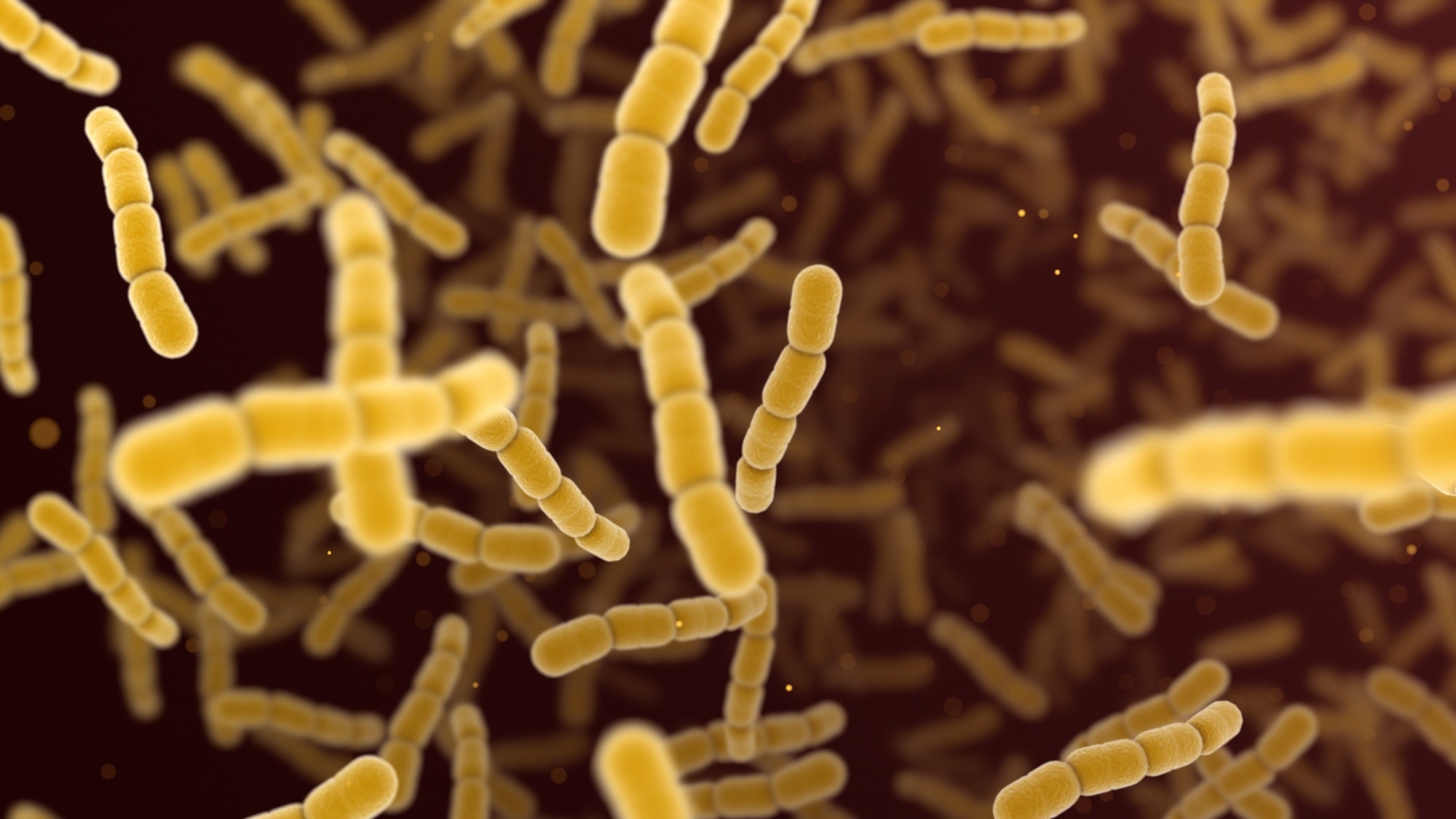The study results establish humans as a transmission vector for the pathogen and may form the basis for understanding the origin of this relatively new strain.
 Study: Human Fecal Carriage of Streptococcus agalactiae Sequence Type 283, Thailand. Image Credit: Jezper/Shutterstock.com
Study: Human Fecal Carriage of Streptococcus agalactiae Sequence Type 283, Thailand. Image Credit: Jezper/Shutterstock.com
What is group B Streptococcus?
Group B Streptococcus (GBS) is a commensal bacterium found in up to 30% of healthy adult humans. It is associated with skin, soft tissue, adult urinary tract infections, and severe invasive disease in newborns.
A novel strain named ST283 was identified as the cause of a GBS sepsis outbreak in Singapore in 2015, wherein the pathogen was discovered. GBS ST283 is significantly more virulent and infectious than its sister strains. It is transmitted through the consumption of infected raw fish, unlike any other strain of GBS.
ST283 is found exclusively in Southeast Asia and is widespread in its hosts – humans and tilapia (cichlid fish). The strain has rapidly outcompeted its sisters and is responsible for more than 70% of all reported GBS infections from Laos and Thailand.
Genome sequences generated during this publication elucidate that ST283 from humans and tilapia are identical, implying that one host may form the primary source of infection in the other; e.g., humans eat contaminated fish, which have consumed contaminated human excrement. This theory, however, has not been formally tested.
About the study
In the present study, researchers collected 184 urine and fecal samples from Kalasin Province, a region in Northeast Thailand. Participants were at least 15 years old at the time of sample collection in January 2019.
They were selected only if they met the following criteria – they had never consumed raw freshwater fish, had never been treated for liver flukes, and had no family history of liver cancer.
Collected samples were aliquoted and independently tested for GBS and liver flukes. ‘Liver flukes’ is a general term for trematode parasites, including Opisthorchis viverrini and Clonorchis sinensis. These pathogens infect freshwater snails, fish, and their definitive hosts – fish-eating mammals – wherein they feed on bile.
Fluke testing was done via stool microscopy, while DNA extracted from fecal and urinary samples was used in multilocus sequence typing (MLST) to identify and characterize GBS.
Study findings
Eighteen of the 184 participants (~9.8%) were positive for GBS, comprising seven different GBS strains, namely ST283, ST1, ST651, ST17, ST862, and two hitherto novel strains. ST283 was the most abundant, with five positive samples (~27.8%). Stool microscopy revealed that four samples contained liver fluke eggs.
MSLT analyses confirm previous hypotheses that GBS ST283 found in cichlid fish and humans are identical, implying that transmission cyclically occurs between these hosts. However, the mechanisms of these interactions remain unknown.
The fact that 2.1% and 9.8% of samples were positive for liver flukes and GBS, respectively, despite the participants being selected from criteria that should have prevented both, presents a problem in disease management and supports a previous hypothesis.
The problem is that of differing definitions – while some cultures and ethnicities consider ‘cooked’ to imply ‘prepared with heat,’ others believe any processing, even in the absence of heat, e.g., filleting fish, to comprise cooking.
This may impede disease management as individuals might consume fish salads as cooked dishes, thereby ingesting the pathogen in its unaltered virulent state, which heating would have neutralized.
Previous research hypothesized that direct GBS ST283 transmission occurs from infected mothers to their newborn infants. While additional research is required to test the duration of ST283 infection, we cannot yet rule out long-lasting or even life-long conditions.
If verified, this would explain how individuals who had no recollection of consuming raw fish might be carriers of GBS – they might have acquired it during their infancy from their parents.
This research forms the basis for future work, which might have the potential to better our understanding of this poorly understood yet rapidly spreading disease and help policymakers make informed decisions to manage it.
Summary
The study detected GBS ST283 in 2.7% of samples collected in Thailand from a population that consumes raw freshwater fish. Thus, the dynamics of human-to-human transmission, human disease, and contamination of aquaculture remain uncertain.
However, what can be concluded is that human carriers may play a major role in the pathogen's transmission.